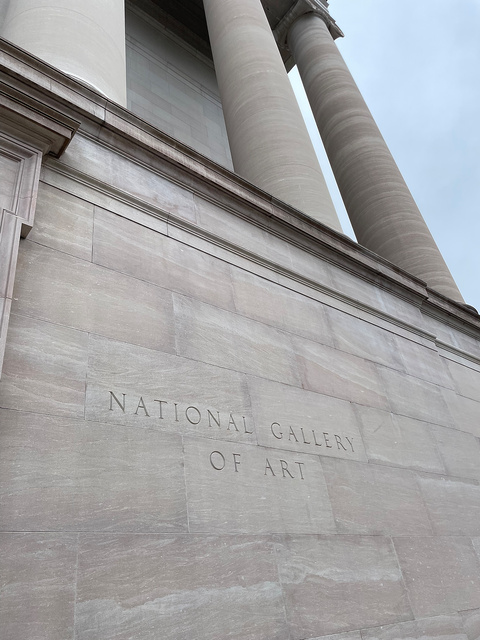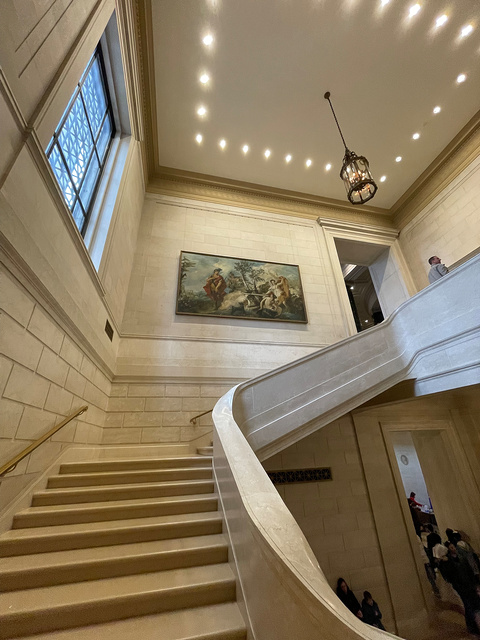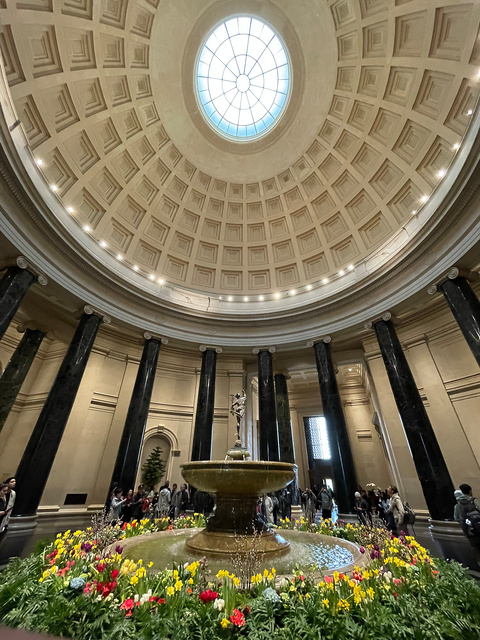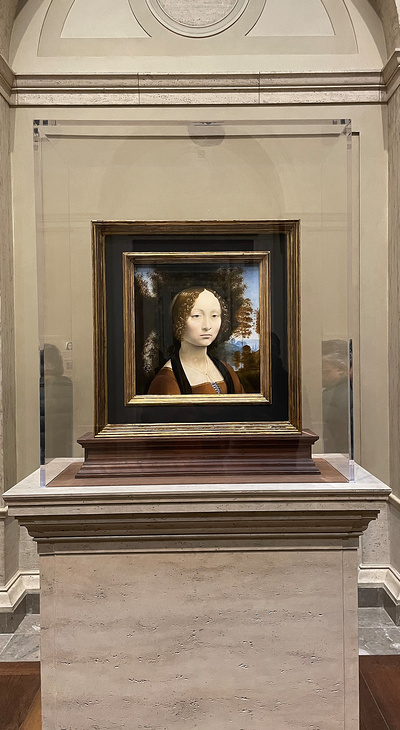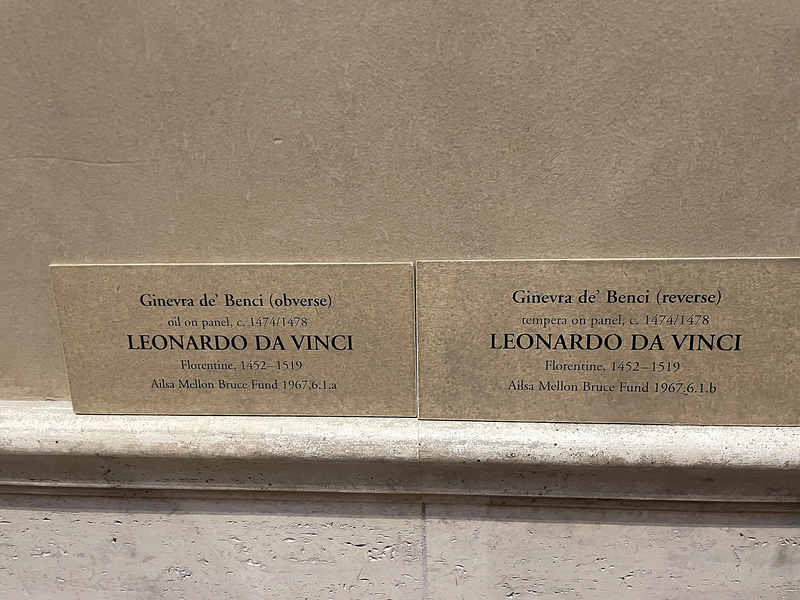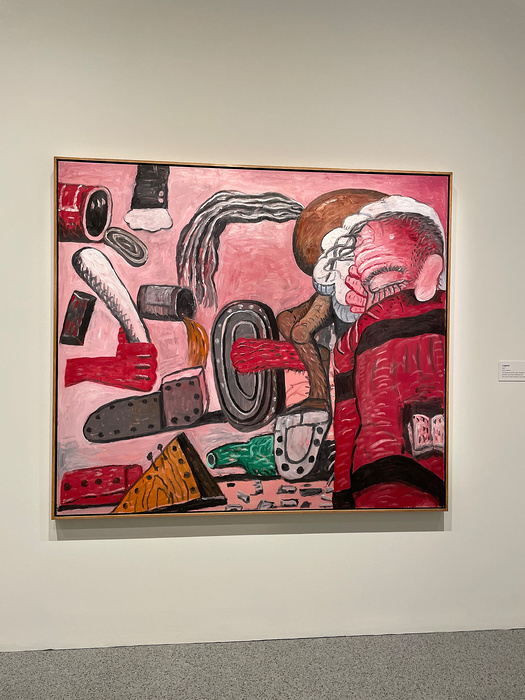Philip Guston
23 Jul 2023
A few months ago I visited Washington D.C and decided go for a self-guided walking tour of the city with my cousin who was visiting the city as well.
Just like any other tourist the first stop was 1600 Pennsylvania Avenue NW (White House). It was exactly what I expected it to be thanks to all the Hollywood I had consumed since I was a child. I continued my journey through other landmarks in the city and decided to give National Gallery of Art a visit.
I saw that the entrance to the gallery is always free and thought to myself that this was built by people who cared about giving the public access to art. The corridors and stairs were unlike anything I had seen in my life and reminded me of photos of I had seen of Roman architecture. It felt like the architect was given a carte blanche.
I will let my amateur photography chronicle the the beauty of the halls and courtyard and refrain from boring you with my poorly articulated sentences.
Among the plethora of artwork in the gallery, I could not walk past an original Da Vinci without taking photos.
Now the part that captivated me the most, Modern Art. The only reason I visited the modern art section was because my cousin is an ardent admirer of Modern art and he insisted on seeing some of them. I was one of thos Modern art philistines who believed most modern art was just someone throwing paint on canvas and rich folks pretending to care about it. But this time there was a deliberatede attempt from me to see them for what it is rather than being blinded by my prejudice.
There was a section in the East building dedicated to a Canadian-American painter Philip Guston. I walked through the designated path and saw his life’s work. Each painting was a reflection of his state of mind at that point in time like this blog post I am writing right now or any other art work. One can say, his work was the culmination of the things he ( and maybe the society he lived in) was going through when he was painting it. I like to think of them as snapshots with details left for you to interpret.
Guston had amazing composition and it looks like the palette doesn’t change a lot for most of his paintings in the 70s. Among his paintings there were quite a few that deals with racism in America. I found the paintings of hooded klansmen to be very unsettling. Among them one was of a few klansmen riding in a car and another where a hooded klansmen is painting a self potrait. In both of the paintings I could see that Guston inserted himself into his work. I was unsure of the reasons, but the art label suggests that the Guston was feeling guilty about the injustice happening around him; and his work likely insinuates the culpability of a bystander.
The brush strokes, the colour and the scale of objects in the frame was further away from reality or conventions but it did feel like it was following some sort of rule not unlike Jazz. I wrote this tiny post hoping to sway someone (like me) to be more open and receptive towards modern art.
